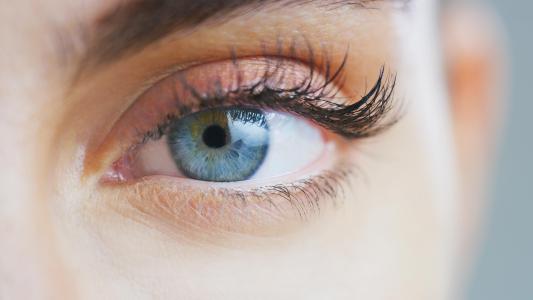More than 400 million people are living with diabetes, and for many, that means regularly injecting themselves with the hormone insulin.
In the future, though, those people might be able to administer their insulin without needles, with a new oral insulin delivery system that has shown promise in diabetic rats.
Refusing Insulin Therapy
Most people’s bodies naturally produce insulin to convert blood sugar, or glucose, into energy, but people with diabetes either don’t produce insulin or they don’t produce enough of it.
Without that insulin, their blood sugar levels can be chronically high, which can cause heart disease, nerve damage, and a host of other health problems.
Daily injections of insulin can bring these blood sugar levels down, but a recent survey of more than 5,000 diabetics found that 43% of patients initially refused insulin therapy, leading to worse blood sugar control.
One of the most cited reasons why patients refuse insulin therapy is a fear of injections. Oral insulin would eliminate this issue — but people can’t just pop a couple of pills filled with insulin every day.
The hormone needs to reach their bloodstream, so any oral insulin system needs to be able to prevent the breakdown of the insulin until it can pass through the stomach and then cross the walls of the intestines. It also needs to be safe for prolonged use, as many people with diabetes will be needing insulin for the rest of their lives.
The new oral insulin system appears to meet both of those requirements.
The New Oral Insulin
Developed by researchers at NYU Abu Dhabi, the system consists of ultrathin nanosheets with hexagonal pores. The sheets are stacked in layers, with insulin molecules between them.
The sheets protect the insulin in the digestive tract, carrying it to the bloodstream. There, the insulin is only released when enough glucose molecules in the blood fill the system’s pores and displace the hormone.
I think it is quite promising.
Yanli Zhao
In tests on diabetic rats, the insulin reached the animals’ bloodstream just as hoped, leading to a drop in their elevated blood sugar levels. The oral insulin delivery system didn’t produce any noticeable signs of toxicity; so far it looks to be suitable for long-term use.
“My expectation is that because this (system) is purely organic with no metals, I don’t think it is likely that this would have long term accumulation in the body,” Yanli Zhao, an expert in biocompatible nanoparticles who wasn’t involved in the study, told Chemistry World.
The system will need to undergo a lot more testing before it could be approved for use in humans, but it could be the first step toward a future in which fear of needles is no longer a barrier to insulin therapy.
“I think it is quite promising,” Zhao said.
We’d love to hear from you! If you have a comment about this article or if you have a tip for a future Freethink story, please email us at [email protected].






